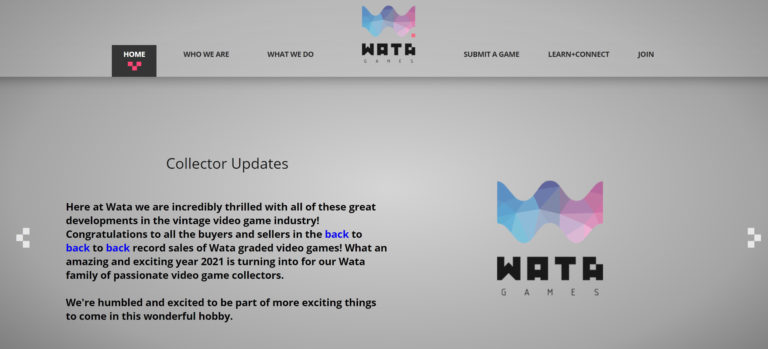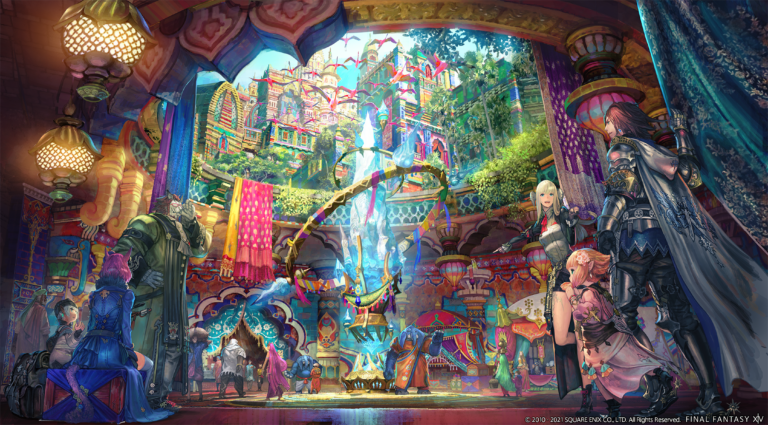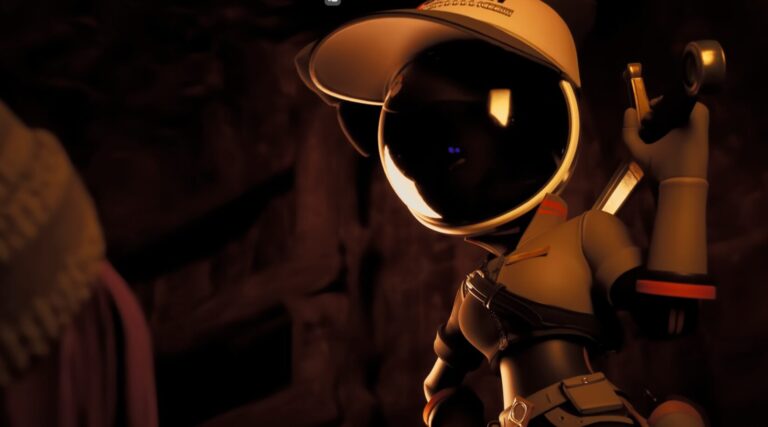To save you time, if you define a scam to mean that you give someone money for a service and they do not do that service, then by all means WATA and VGA (Video Game Authority) are not scams. They’re legitimate companies that, if you ship your games to them, will grade your games and send them back based on what services you paid for. Maybe not very quickly, but they do what they promise to do.
Now, is video game grading in of itself a scam? A fictional system designed to inflate the prices of retro video games that are becoming more scarce due to the fragile materials used to construct their boxes? That’s a deeper question with some actually quite odd answers.
Furthermore, should you invest in graded games? That’s an even tougher question. We will dive into all of them below. If you’re wanting to collect retro games, then be sure to check our primer guide out for some cool tips.
August 25 2021 Update
If you’re new to the topic you can skip this and revisit after.
In August of 2021 Karl Jobst released this video describing his thoughts and research into the video game grading industry titled “Exposing FRAUD And DECEPTION In The Retro Video Game Market.” To summarize, it accuses WATA & Heritage auctions of collaborating unethically to inflate the cost of the graded WATA games to create an artificial bubble.
I wanted to update this article to add that link and just give some advice to collectors who are in the market for graded games. I want to assure you that if you’re in the sub-$5000 market for games you’re very likely safe from any bubble or hyperinflation and very likely to benefit from any, because a highly graded game will likely stay in the $750 to $5000 range and likely only appreciate as they become more scarce.
If you are looking at spending more than say $5,000 to obtain a “grail” or some other “very rare” graded game then please do your research and due diligence with your investment. If you buy something and a lot of new old stock gets uncovered or released the value could drop dramatically. So be aware of what you’re purchasing and the risks in investing in something that isn’t really considered a stable investment.
The Reason for Scarcity – Cardboard
To start all of this, back before the Playstation 1, XBOX and GameCube all console games mostly came in cardbox boxes. There were rare exceptions, like the Sega Genesis, but systems like the NES, SNES and even the Nintendo 64 all used cardboard. Even in the mobile arena, it wasn’t until the Nintendo DS that Nintendo used plastic cases for their games.
Plastic holds up way better than cardboard. Cardboard can be squished, damaged, punctured or even crushed very easily. The cling film around cardboard can be ripped because of how easy the cardboard will give if the box doesn’t have a good enough insert. Not only that but cardboard can decay and games that have the shrink wrap removed will decay faster, especially when put in moist climates.
You also have to consider how folks stored their games. They either disposed of the boxes and kept just the carts (and maybe the manuals) or they would store the game back in the box, which would introduce a ton of wear and tear on the box itself. This drastically reduced the number of “mint” condition games from the NES through the Nintendo 64 era.
Video Game Grading
So enters the video game rating companies. They offer to take these fragile retro games and rate the condition of the seal, the box and/or the cartridge and PCB board. They will even take photos of the board to prove that it’s real for you and then lock it in a sealed plastic container that is tamper proof with their rating affixed to it.
If everything worked as presented, you would then be able to exchange your now graded game for a standard market price for that game at that rating. However, since the video game collection market is driven only by perception and scarcity, this makes that a hard bargain for most collectors. This means that only high profile games have any market movement when it comes to game ratings.
In a quick search of sold items on eBay, the only items getting consistent movement over $1,000 were Pokemon games, which to be fair are trading right now are very high prices for sealed good condition games, because there are a lot of Pokemon video game collectors. Other rated games were going for either their normal price or roughly around the price of the game + cost of rating, mostly staying between $300 and $800.
This is sold, not listed. It’s always easy to confuse how much things are worth by looking on auction sites and looking at the listed prices and thinking that’s how much something is worth. It’s far better to look at the sold price.
So by that extent, having a game rated doesn’t automatically raise its value. It often is a cash sink or most commonly, something you can recoup your money back on.
A Very Deep Rabbit Hole
If that’s not what you were expecting to hear, there’s a reason for that.
On Pawn Stars there was someone who arrived with a “sticker sealed” copy of Super Mario Bros. for the NES. It had a high WATA rating and he asked for one million dollars for it, however, he was declined and walked out with nothing. Many consider this to be publicity for WATA and, that copy or a similar one with the same rating was sold in 2019 for $100,000, a 90% price cut from the Pawn Stars episode.
Local game stores will often not take, refuse or not consider additional money for graded games, because it’s very hard for them to recoup the price on them due to it being such a niche market. There isn’t a lot of desire for oddities in sealed video games outside of pre-production games, there isn’t a lot of desire in the market for specific quality of sealed games. In some instances, for very popular old games, the WATA / VGA ratings make a lot of sense just to keep the game protected and verify any rare conditions to it that the market acknowledges, but in a lot of other cases it’s just not worth it.
There’s a lot of stories involving video game rating companies acquiring entire vintage stores full of “new old stock” and then rating it and releasing it out into the economy. This would be rather shady behavior, but they’re quite open and honest about it.
Ultimately, the truth is there isn’t a lot of people in the sealed video game or graded video game market, so there isn’t a lot of buyers for items being sold.
Weird Economy

Some games fluctuate in valuation all over the place. There were about 12 million copies of SM64 sold and that’s likely not including the ones inside of console bundles.

So out of 12 million copies, a single SM64 in mint condition is currently riding a $100,000 dollar high at auction for having a first party seal (meaning Nintendo sealed the box) and being in a 9.8 condition. It later finished its bidding (this article has been a work in progress for awhile) at over $1 million dollars. Over on eBay a less mint condition rated at 9.2 (but basically the same in my eyes) has sold for $5,000.

That’s just an interesting price gap for something that’s effectively extremely similar to one another. It’s also just something that you have to be super careful getting into because if you do drop $100,000 or more on a video game, there may not be a large pool of people willing to do the same if you ever want to flip it around.
Something is only worth what someone is willing to pay for it.
It’s also worth to note that even the SM64 that was sold on eBay only had a few people bidding amongst one another. The ones up at auction likely have only two or three people bidding at each other. So the market size is extremely small and with that few folks buying and selling, it can be hard to move product.
That’s why the game stores don’t accept or take value in the grading system, just because there are far more collectors looking for just the carts or the boxes or the game CIB than there are for sealed games and graded games.
What Should You Have Graded?
A question I see a lot on retro game pages and forums is what should get rated? It’s quite costly and time consuming, plus it locks you out of being able to use the game itself if you are a collector who likes to play their games. So the answer is generally:
- High value, extremely rare games like CHEETAHMAN or the Olympics cartridge.
- Mint condition sealed retro games (anything in cardboard).
- Anything rare, like Rule of Rose, makes a lot of sense.
- Anything that you love and want to preserve.
- Anything that you want to. There’s no one stopping you from sending in anything they accept. WATA for instance will not accept some large box games like Mario Paint (verify on their site).
If you’re looking at making a profit off of the grading, then consider only sending in games you expect to get a 9.0 or higher. The cost of the grading likely won’t be recovered on anything that gets below a 9.0 and mostly only sealed copies. Always check the sold listings on sites like eBay for prices for graded versions of your games. Listed prices are always hopes and dreams, but sold prices is what folks will pay for in the market.
Tips on Submitting Graded Games
If you do send something out to be rated, make sure to pay for the PCB photos (board photos) if your game isn’t sealed. It’ll help on resale to prove the cart isn’t a reproduction (which in of itself is a major issue right now in retro collecting) and for $10 that’s a good buy.
Take note of the time frame of the service you buy. Some of the slower services run upwards to half a year turnaround time.
The declared value should be kind of accurate. They charge more if the game is worth more for the insurance, so make sure to ballpark the price or you might get a surprise bill.
Take photos of your game before submitting and if your game is worth more than $50 pay for the shipping insurance to send it to the video game grader.
Compare prices for the rated version of what you have vs. the unrated version to see if there is value in the rating.
Paying for faster service is better for your anxiety if it’s a particularly rare or high valued game.
Tips on Buying WATA / VGA Games
Find the real value of a game by searching for “sold” items on eBay. Do not search just for listings. That can really mess you up on the valuation. Some folks will literally list their game twice, at an insanely high price and then a lower price to make their lower priced copy look to be a bargain when it’s still extremely overvalued. You can find the “sold items” in the filter. The same works on sites like Mercari.
Decide on what specific games in your collection you want to have ratings. Remember the plastic cases, while very stunning with their labels, are big and bulky and take away from the clean game beside game look on bookshelves.
As mentioned a ton in this article, consider only cardboard based games which need the plastic case and games that are rather rare. Madden 2011 probably isn’t something you need graded.
Always buy with buyer protection. It might sound silly, but counterfeiters can counterfeit a lot of things these days, including the cases graders use (although you likely won’t know until you get it).
Consider only sealed games with a grade on them. There’s a higher market for sealed graded games.
Alternatives to Game Grading
If you want to protect a game, but not have it graded, there is a myriad of plastic protectors for games out there. Something to consider to protect the more fragile older games. Rose Colored Gaming is considered to be very good for their cases, but you can find tons on eBay, etc.
PC Gamers Get Out
There isn’t much if any in the PC game space for video game grading, just due to the lack of any market for it. While there are collectors of PC games and some games can go for a pretty penny, PC gamers can just sort of not even participate in this conversation.
Summary
To summarize, organizations like WATA and VGA are legitimate companies who do exactly what they offer on their websites.
Graded games don’t give you an automatic huge increase in the value of the game, but in some instances can help with the resell value, especially within very popular games that have a high volume of sales (like SMB3 with a left “bros.”).
There isn’t a huge market for graded games, so don’t expect to buy or sale a specific game very quickly.
Video game grades aren’t recognized by everyone to be worth what they claim to be worth. Items are only worth what someone is willing to pay.
It would be a no brainer to get a super rare retro game like CHEETAHMAN graded.
Collect games however you want to and prefer to. Grading could be a long term fad in game collecting or the faith in the graders could degrade and their ratings mean less over time. It’s all market perception – but if you’re buying things based on the market and not what you love, then it’s all pure economics.






